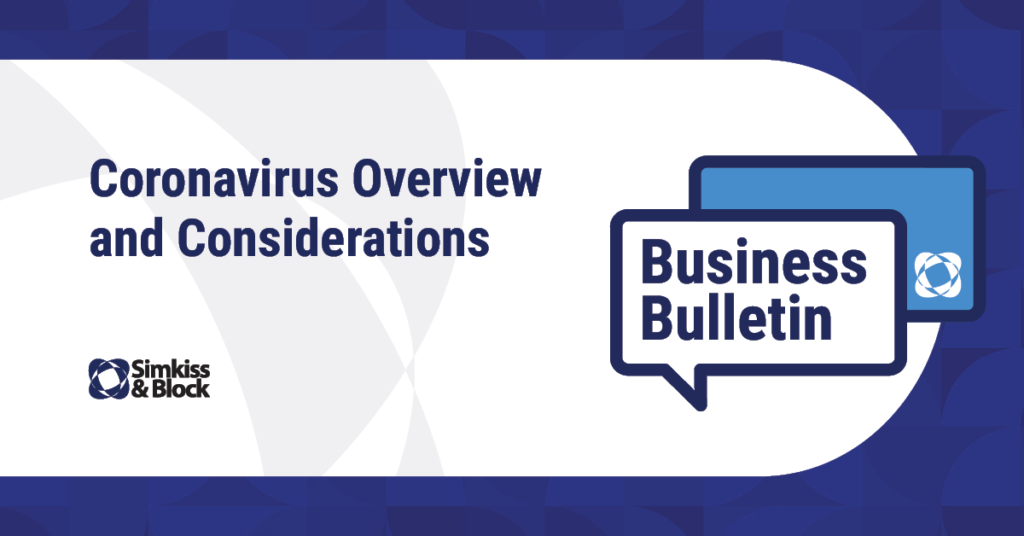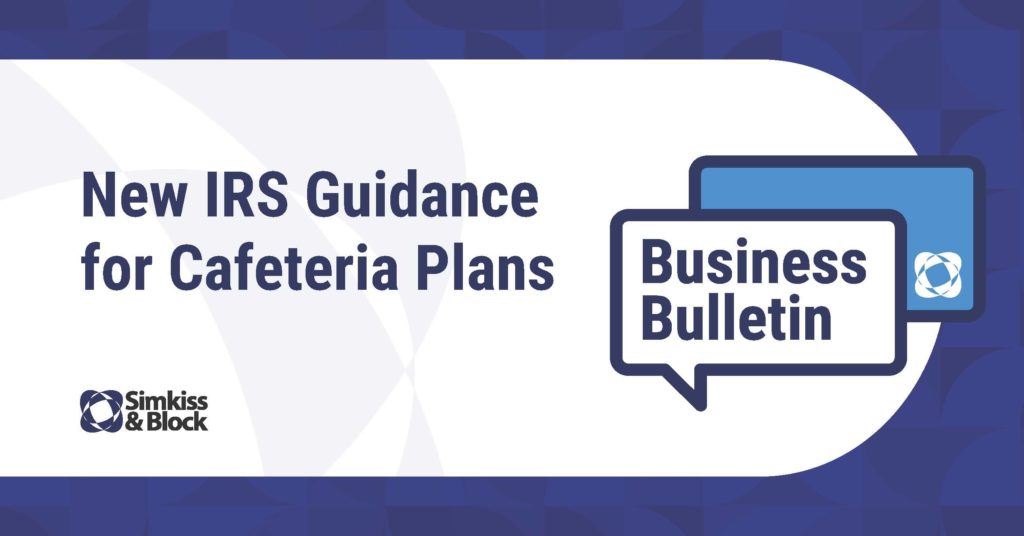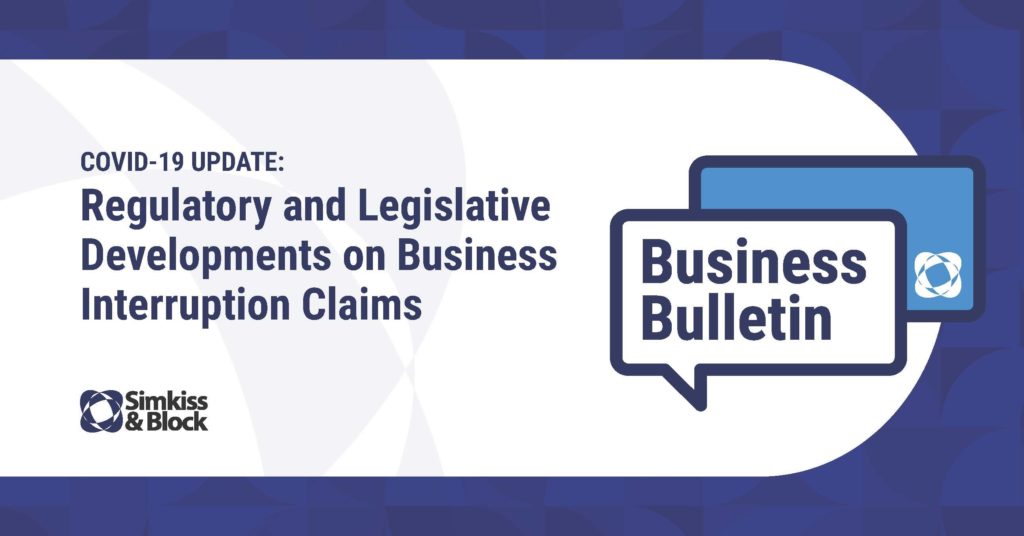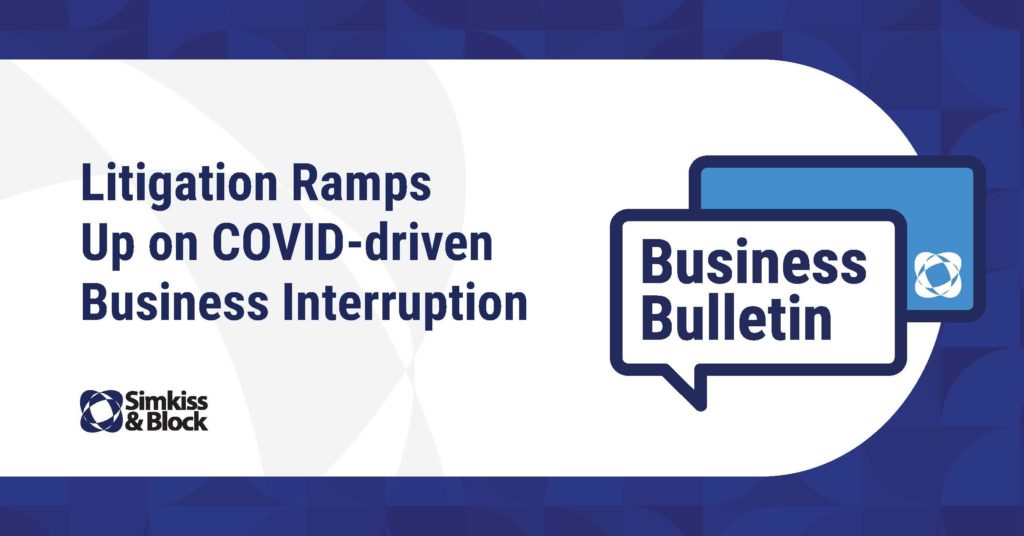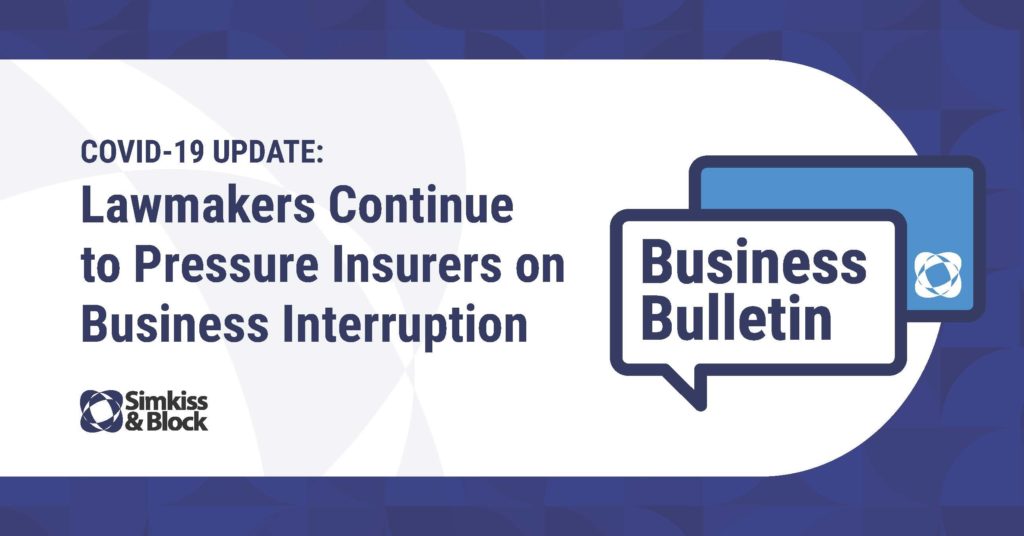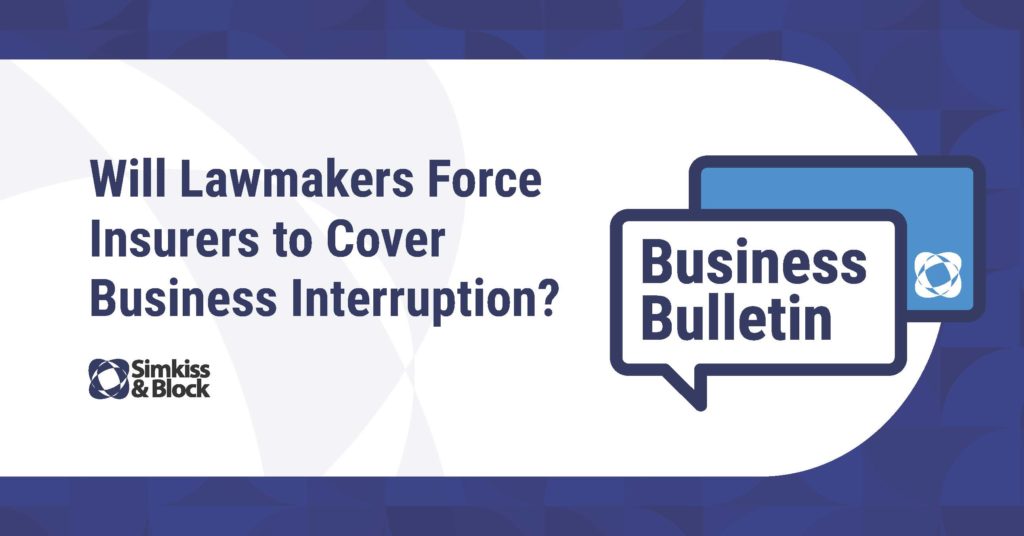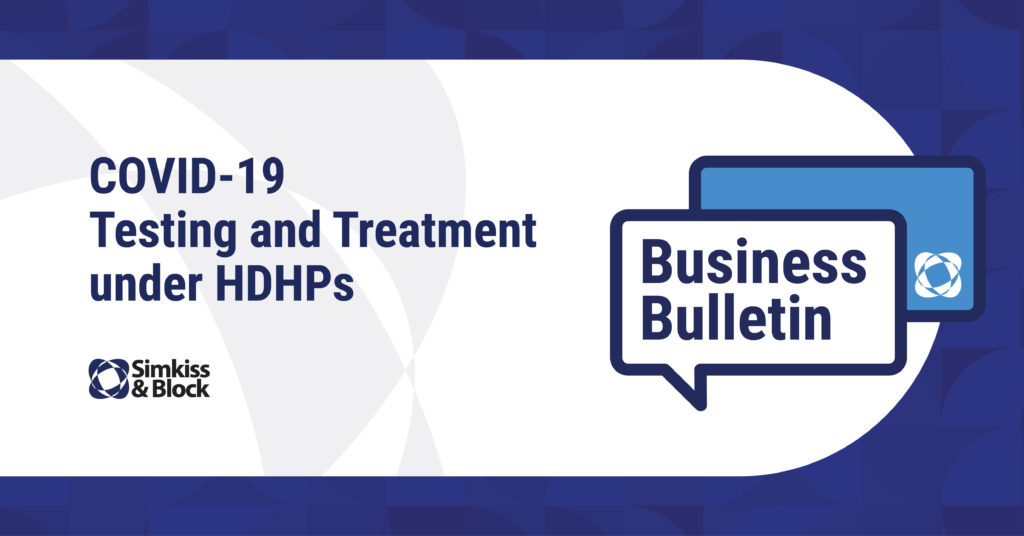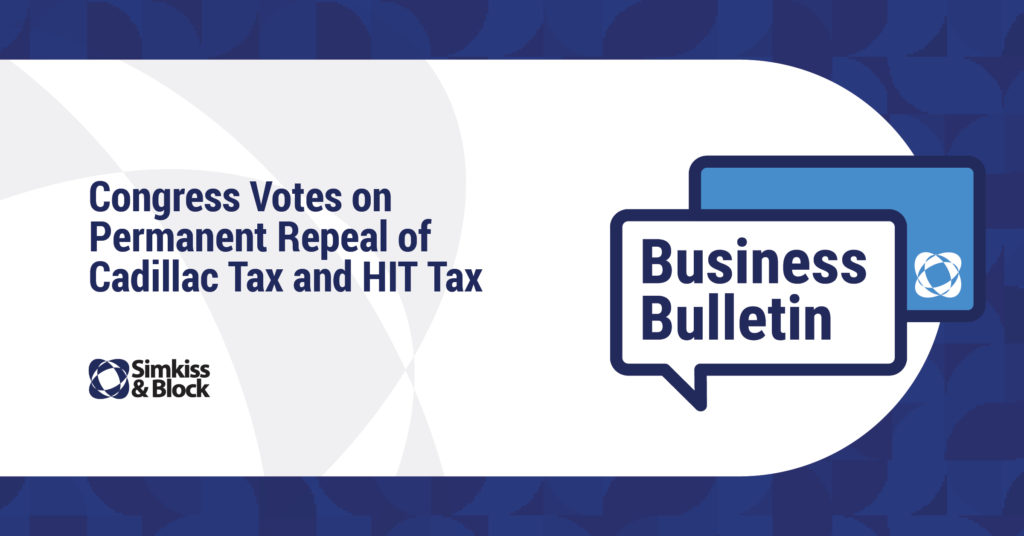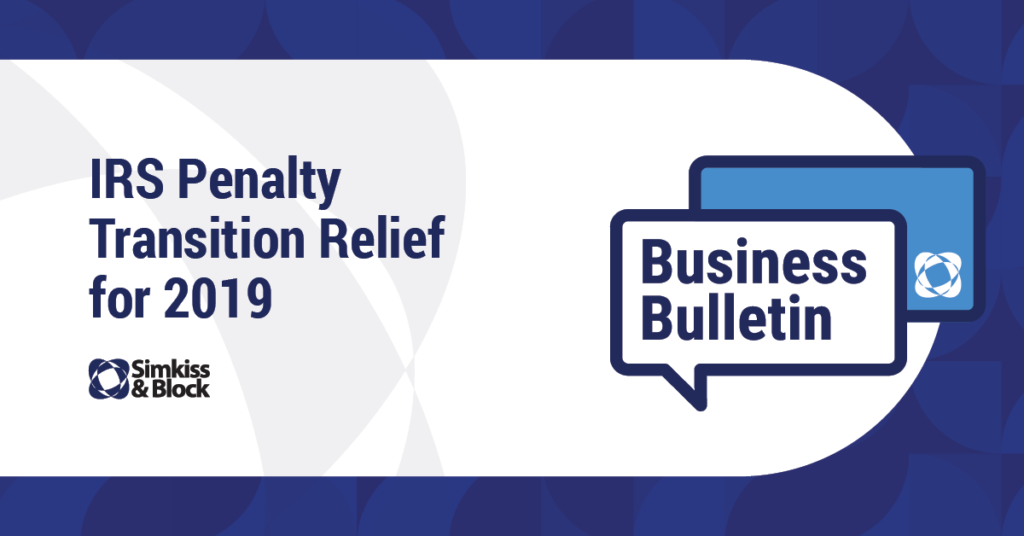As concerns about the novel coronavirus (COVID-19) continue to rise, many employers are left to wondering what they can do to protect their workforce. This Business Bulletin will examine what coronavirus is, how it spreads, and what employers can do to protect their workforce.
What is Coronavirus?
According to the World Health Organization (WHO), coronavirus is a family of viruses that cause illnesses ranging from the common cold to more severe diseases. Common signs of infection include headache, fever, cough, sore throat, runny nose and breathing difficulties. In more severe cases, infection can cause pneumonia, severe acute respiratory syndrome, kidney failure and even death. Individuals who are elderly or pregnant, and anyone with preexisting medical conditions are at the greatest risk of becoming seriously ill from coronaviruses.
Identifying coronavirus symptoms
Common coronaviruses typically cause mild to moderate upper-respiratory tract illnesses, and those affected exhibit cold-like symptoms. The most common symptoms include:
- Headache
- Cough
- Fever
- Sore throat
- Runny nose
Some cases of coronavirus can be more severe, and individuals experience more serious lower-respiratory tract illnesses like bronchitis and pneumonia. For the elderly, infants and those with weakened immune systems, a coronavirus can be deadly.
How does coronavirus Spread?
Although the ongoing outbreak likely resulted from people who were exposed to infected animals, COVID-19 can spread between people through their respiratory secretions, especially when they cough or sneeze.
According the Centers for Disease Control and Prevention (CDC), the spread of COVID-19 from person-to-person most likely occurs among close contacts who are within about 6 feet of each other. It’s unclear at this time if a person can get COVID-19 by touching a surface or object that has the virus on it and then touching their own mouth, nose or eyes.
CDC Interim Guidance
In order to help employers plan and respond to COVID-19, the CDC has issued interim guidance. The CDC recommendations include:
- Actively encourage sick employees to stay home. Employees who have symptoms of acute respiratory illness are recommended to stay home and not come to work until they are free of signs of a fever and any other symptoms of COVID-19 for at least 24 hours, without the use of fever-reducing or other symptom-altering medicines. What’s more, employees should be instructed to notify their supervisor and stay home if they are sick.
- Separate sick employees. Employees who appear to have acute respiratory illness symptoms (e.g., cough or shortness of breath) upon arrival to work or become sick during the day should be separated from other employees and be sent home immediately. Sick employees should cover their nose and mouth with a tissue when coughing or sneezing.
- Emphasize hand hygiene. Instruct employees to clean their hands often with an alcohol-based hand sanitizer that contains at least 60%-95% alcohol, or wash their hands with soap and water for at least 20 seconds. Soap and water should be used preferentially if hands are visibly dirty.
- Perform routine environmental cleaning. Employers should routinely clean all frequently touched surfaces in the workplace, such as workstations, countertops and doorknobs.
Additional Best Practices
In addition to following the CDC’s interim guidance, employers should consider the following best practices to help prevent the spread of COVID-19:
- Educate employees on the signs and symptoms of COVID-19 and the precautions that can be taken to minimize the risk of contracting the virus, without causing panic.
- Appoint a single individual or department as the point of contact within your organization for employee questions about COVID-19.
- Evaluate travel guidelines and procedures for approving travel to and from certain countries.
Avoiding potential discrimination
As with any workplace policy, employers should be wary of inadvertent discrimination when it comes to a coronavirus prevention policy (e.g., ordering employees home when they seem sick). Just because an employee recently traveled to China and coughed in the elevator doesn’t mean an employer can send them home.
Whatever policy a company decides to pursue, it must be equally enforced. Discriminating against employees—or asking illegal health-related questions—can introduce a host of legal concerns.
Review Readiness of Business Continuity Plans
While the current outbreak of the COVID-19 has not yet reached pandemic status, it serves as a reminder of the importance of effective business continuity planning to minimize the potential impact on employees, customers and work activities should a pandemic occur. It is important that all organizations develop robust and flexible business continuity arrangements that will help to minimize the impact of disruptions. While the timing and extent of any pandemic is unpredictable, the preparing of suitable response plans in advance will enable organizations to respond effectively to a range of scenarios and help to minimize the impact upon essential operations. As with any emerging disease outbreak, it is important that specific health advice issued by the WHO, CDC and similar organizations is considered when developing your response and that your plans are reviewed as necessary to reflect current advice. Simkiss & Block can provide clients with tools to help develop and improve their business continuity plans.
Summary
Employee education is one of the best lines of defense for a workplace. General preventive health practices, like washing hands, can safeguard workers even when they’re at home.
Remind employees to keep up their hygiene and share their knowledge of coronavirus symptoms so they know what to look out for.
Despite the current low level of risk for the average American employee, it is important to understand that the COVID-19 situation evolves and changes every day. Employers should closely monitor the CDC and WHO websites for the latest and most accurate information on COVID-19.
Together, you and your employees can stay safe, healthy and productive.

